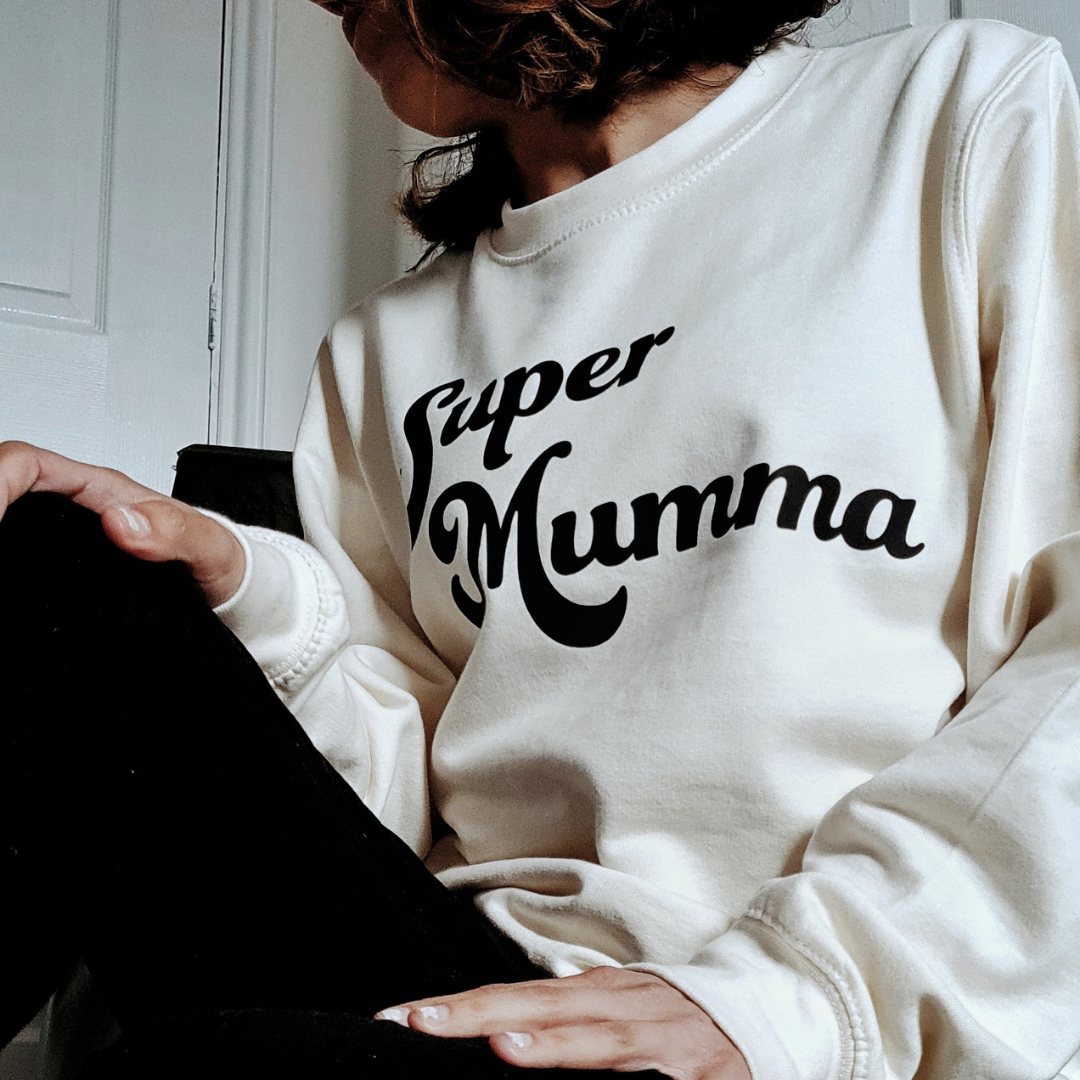5 Tips For Creating A Relaxing Children’s Bedroom

When it comes to parenting, one of the most common concerns is about getting our children to sleep, and helping them feel safe and settled in their own bedroom at night time. Whilst it is important to remember that every child is unique, and to take their developmental needs, physical and mental health needs into account, there are things that you can do to help your child’s bedroom feel more relaxing, comfortable and inviting.

Lighting
We often introduce nightlights into our children’s rooms, to help them feel comfortable and safe. The problem is that many of these lights emit a blue frequency light, which inhibits the production of melatonin (the hormone we secrete that helps us feel sleepy). Whilst many people now recognise that having screen time before bed isn’t helpful, we often overlook the blue light from nightlights. If you can obtain one, a red frequency light is best.
For the main light, florescent lights are not ideal, as they can emit a buzzing and often flicker. Having dimmer switches if possible, helps you to create the right level of light for your child’s activity: reading, studying, playing, or winding down for bed. Blackout blinds or curtains can help keep the room darker at night, especially in the summertime.
Temperature
Whilst we want our children’s bedrooms to feel warm and cosy, it’s important to remember that having the room on the cooler side aids a smoother transition to sleep. When our body temperature drops, we produce melatonin which helps us feel sleepy. The room should be cool and well-ventilated, but comfortable enough to sleep (lying there shivering isn’t good!)
Stimulus
Try and keep your child’s bedroom as a place of calm and relaxation. If possible, move stimulating toys and devices to another room in the house. This can help the brain to associate the bedroom as a place for sleeping and being calm, rather than a place of cognitive activity and excitement.
If space is an issue, and it’s not possible to move things out of your child’s room, consider sectioning the room into different areas: a space for education or learning, an area for play and a space for sleep. Ideally, have the bed away from the window, to eliminate disturbed sleep from draughts, light etc, and have the desk or play area under the window, where your child can benefit from the natural sunlight and the nutrients it provides.
If your child is of school age, it may be tempting to encourage them to do their school work in their room, as it is a quiet place for them to study, away from the hustle and bustle of the main living areas in the house. If they are working in their room, try and encourage them to work at a desk or dedicated work space, rather than sitting on their bed: ideally, the bed should be kept as a space for sleeping only.
Think about the storage system you use: having boxes with lids, where you can clear away the clutter at the end of the day is really helpful: boxes without lids tend to overflow! Underbed storage is great for getting things out of the way, creating a calmer feel at bedtime.
Think carefully about the colours you use in your child’s room. Whilst it can be lovely to have bright, fun designs, sometimes this can be too stimulating, and inhibit your child’s transition to sleep. Reds, oranges, whites and bright yellows can often be over-stimulating, whereas blues, purples, greens, browns can be soothing and calming. Having a natural themed room can be really effective, using hessian, wood, and other natural textures. Having plants in the room (up out of the way of little fingers!) can be beneficial, too.
Thinking about fabrics, consider the bedding you use. Often the character bed linen children are attracted to is synthetic and not the most comfortable. Investing in quality cotton linen can make a huge difference to your child’s sleep. Think about your use of fabric softener and detergent as well: if the bedding has a strong smell to it, it may be overstimulating.
Flooring, too, is important to think about: whilst laminate floors can be easier to clean, they can be cold, hard and offer little sound absorption, so noises from downstairs can filter through (not ideal if you’re watching TV in the room below your child’s bedroom, when they are trying to get to sleep) Carpets can be more warm and comfortable and offer a higher degree of sound protection.

Sensory items
To help your child feel relaxed and comfortable in their room, consider introducing some sensory items. Having a lava lamp or fibre optic light, or a light projector can offer gentle sensory stimulation for your child, helping them to feel regulated and calm.
Compression sheets or weighted blankets can be used to help your child in bed, if they like the deep pressure sensations. Do research these and make sure that you buy from a reputable company: with weighted blankets, be sure to select the right weight for your child.
Music or white noise devices can be used to create a calming, sensory environment for your child. White noise can also help to drown out noises from other parts of the house, or outside, if these disturb your child’s sleep.
If you are creating zones or areas in your child’s room, having a sensory den or tent can be a lovely focus area. You could create a sensory box to go in there, with some fidget toys, glitter jar, affirmation cards, relaxation CDS or books, ideas for regulating breathing, etc.
Safe Space
If you are trying to encourage your child to spend more time in their own bed or room, it’s important that their bedroom feels like a safe, comfortable and calm environment, that they choose to spend time in. It should not be used as a place of isolation or as a punishment. It’s okay to encourage your child to have some quiet time in their safe space to calm down and regulate, but try not to “send” them to their room as a “time out” or consequence for undesirable behaviour. Their room should be their sanctuary: peaceful and safe.
Aislinn Marek is a mum of two, and a qualified person-centred counsellor, registered with the BACP. She has worked within the NHS, education and private practice for many years, and is passionate about supporting people of all ages with their mental health. You can find more information and blogs about mental health and emotional wellbeing on her website, www.thecalmwithin.co.uk.





